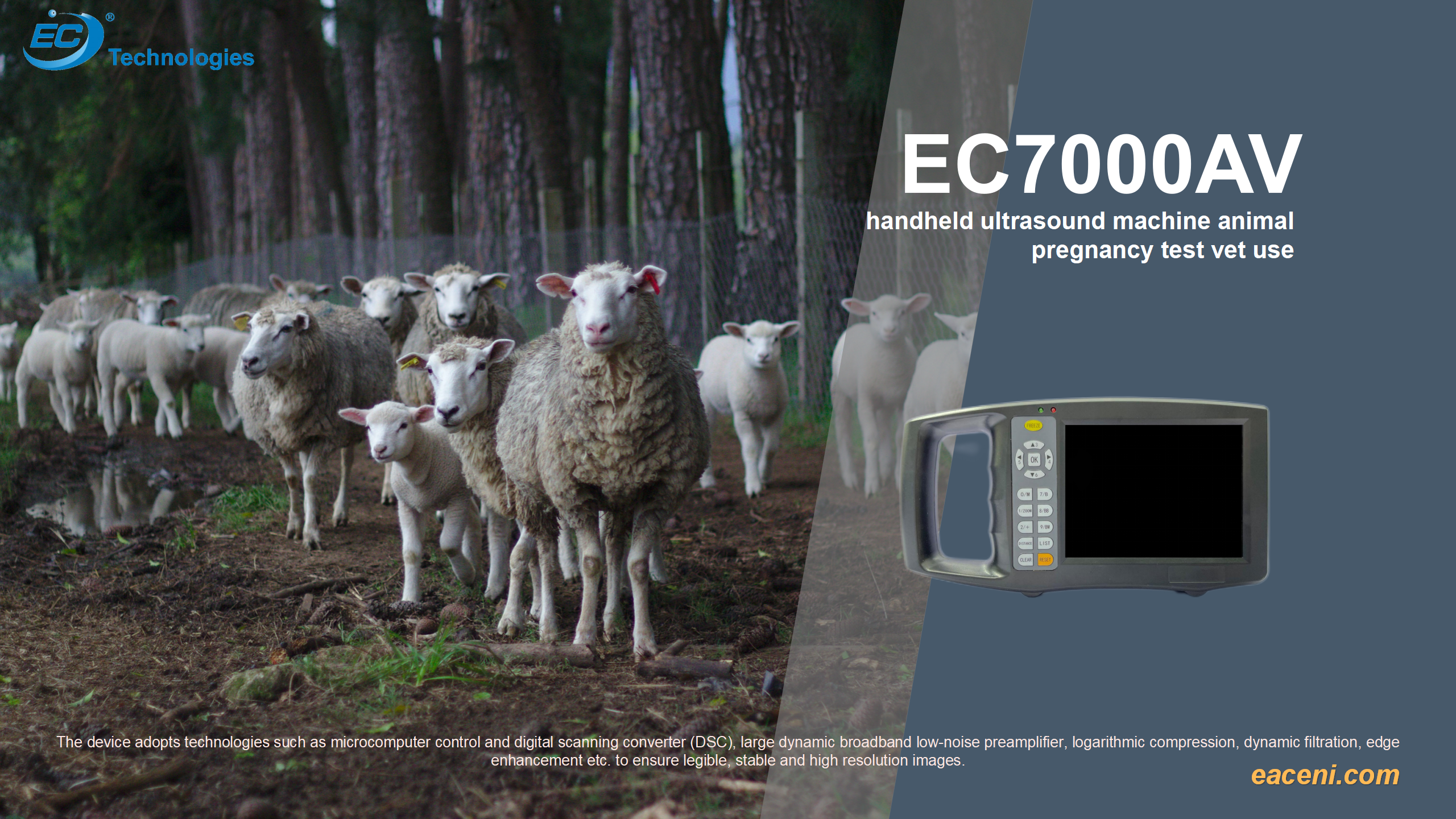Veterinary medicine has witnessed remarkable technological progress in recent years, with one such breakthrough being the evolution of veterinary ultrasound machines. These devices, often referred to as B-ultrasound machines, have transformed the way veterinarians diagnose, monitor, and treat various conditions in animals. This article explores the key features, applications, and benefits of modern veterinary ultrasound machines.
The Evolution of Veterinary Ultrasound Machines:
Originally developed for human medical diagnostics, ultrasound technology quickly found its place in the veterinary world. Early veterinary ultrasound machines were adaptations of their human counterparts, but over time, they have become specialized for animals of all sizes, from small pets to large livestock.
Key Features and Components:
Transducer Technology: Transducers are a vital component of veterinary ultrasound machines. They emit and receive sound waves, converting them into images. With advancements in transducer technology, veterinarians can now acquire high-resolution images with greater clarity and depth.
Portability: Modern veterinary ultrasound machines come in various sizes, including handheld and portable options. This portability enables veterinarians to perform on-site examinations, minimizing stress for animals that may not be easily transportable.
Advanced Imaging Modes: Veterinary ultrasound machines offer a range of imaging modes, including 2D, 3D, and even 4D imaging. These modes provide multidimensional views of anatomical structures, aiding in comprehensive diagnoses.
Doppler Imaging: Doppler technology, incorporated into many ultrasound machines, allows veterinarians to assess blood flow within organs and vessels. This is crucial for identifying circulatory issues and cardiac abnormalities.
User-Friendly Interfaces: Modern veterinary ultrasound machines feature intuitive user interfaces, making them accessible to veterinary professionals with varying levels of experience. Touchscreens, preset examination modes, and adjustable settings streamline the imaging process.
Applications in Veterinary Practice:
Diagnosis and Disease Monitoring: Veterinary ultrasound machines are invaluable tools for diagnosing a wide range of conditions, including abdominal issues, reproductive disorders, urinary tract problems, and cardiac abnormalities. Real-time imaging allows veterinarians to visualize internal structures and identify abnormalities promptly.
Pregnancy Evaluation: Ultrasound technology plays a pivotal role in pregnancy diagnosis and monitoring. Veterinarians can accurately determine gestational age, assess fetal viability, and detect potential complications.
Guidance for Procedures: Ultrasound-guided procedures have become standard practice in veterinary medicine. Biopsies, fluid aspirations, and minimally invasive surgeries can be performed with precision under ultrasound guidance.
Cardiac Evaluation: Veterinary ultrasound machines equipped with Doppler imaging enable comprehensive cardiac evaluations, aiding in the diagnosis of congenital or acquired heart conditions.
Benefits for Animals and Veterinarians:
Non-Invasive: Ultrasound imaging is non-invasive, minimizing stress and discomfort for animals undergoing examinations.
Early Detection: The ability to detect issues at an early stage enhances treatment efficacy and improves overall patient outcomes.
Customization: Different transducers and imaging modes cater to various animal species and anatomical regions.
Educational Tool: Ultrasound machines serve as valuable educational tools, allowing veterinarians to explain diagnoses and treatment plans to pet owners.
Conclusion:
The evolution of veterinary ultrasound machines has revolutionized the field of veterinary medicine, providing practitioners with non-invasive, real-time imaging tools to enhance diagnostic accuracy and patient care. As technology continues to advance, these machines are likely to play an increasingly vital role in safeguarding the health and well-being of animals of all kinds.
Post time: Aug-30-2023






